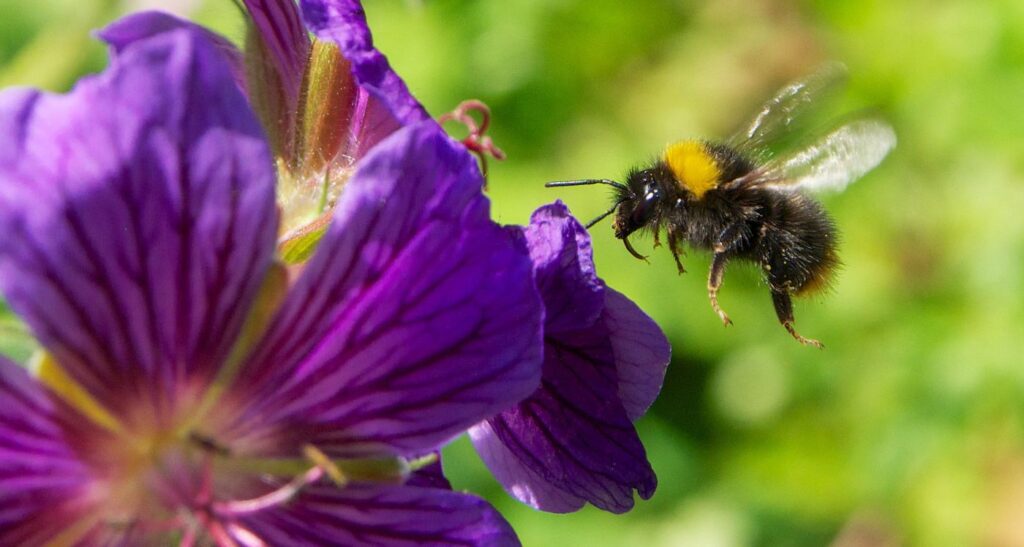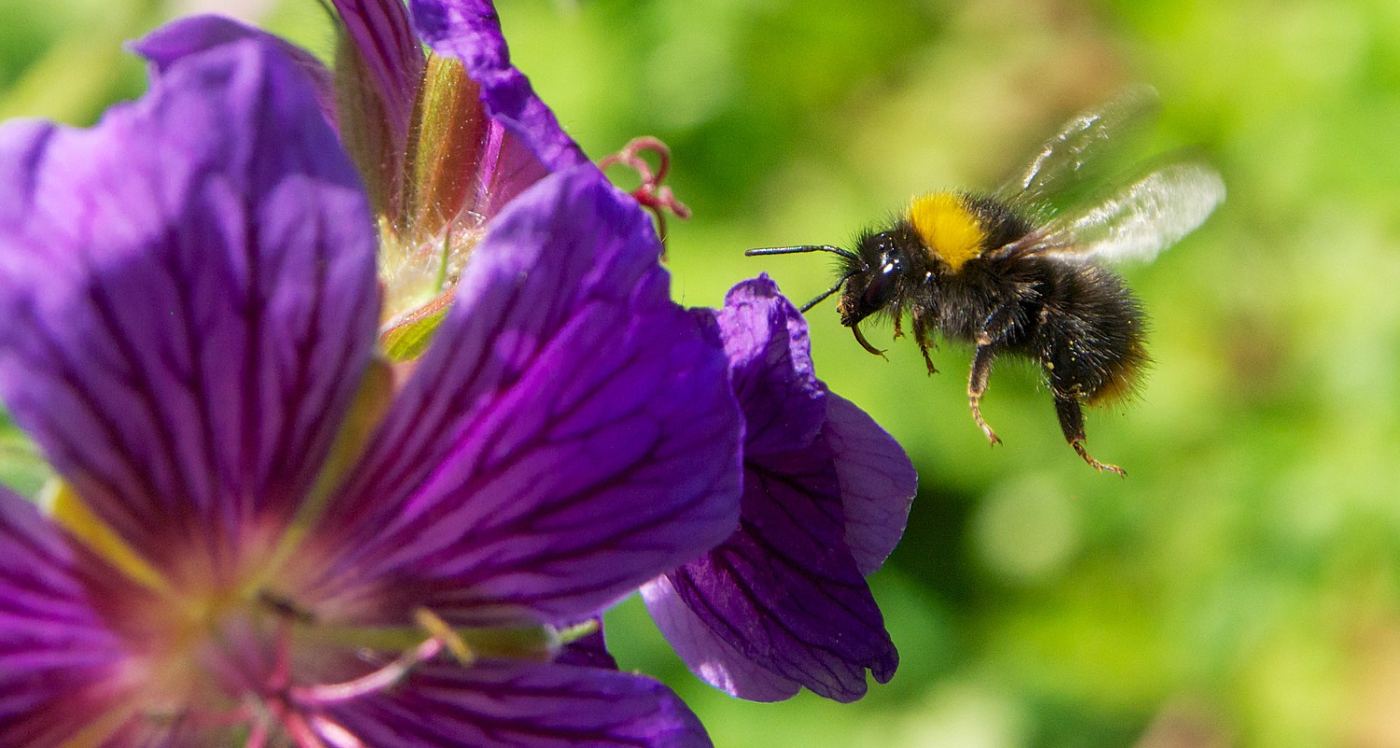
For everything we hear about bees these days, it’s hard to believe that they and their hives are capable of surviving a volcanic eruption.
But rescuers uncovering beehives under ash from the September eruptions on La Palma in the Canary Islands recovered not one, not two, but five beehives and all their buzzing residents after digging them up 50 days after being buried.
Amazingly the bees had survived by creating propolis, a resinous material which they used to seal up the holes in their hive, protecting them from the choking ash.
Safely inside, they kept themselves sustained by eating their winter honey stores, which the beekeepers had, conveniently for them, not collected.
During spring each of the hives could house 30,000 to 40,000 individual bees, providing a huge service for pollination on the islands.
According to the Calgary Herald, some of the rescuers suffered a sting or two, but of course they didn’t hold it against the bees.
One of the six hives buried didn’t make it, which scientists suspect was determined by the proximity of the hive to the volcano—the closer the hive, the less harmful the ash that fell.
Propolis is a known antibiotic, which bees use to regularly disinfect the hive, especially after a visit by a bear, monkey, or other animal whose fur can contain parasites.
RELATED: French Beekeeper Invents a Trap to Take on Asian Hornets Decimating Bee Populations in Europe
Humans have consumed propolis for millennia, and it’s still sold today as a natural cold remedy and immune support supplement.
(WATCH the Mother Nature video for this story below.)
BUZZ the Good News Over to Those Social Feeds…





















Such a blessing.
Nature does know what She’s doing.
Bees are incredible survivors, I am a beekeeper.
I am not sure that propolis would have anything to do with their survival. It is more likely that they simply tunneled out. Propolis has great properties but none which in this case would have influenced their survival being covered in ash. The hive that did not survive probably could not dig their way out.
The opening picture is not of a honeybee.